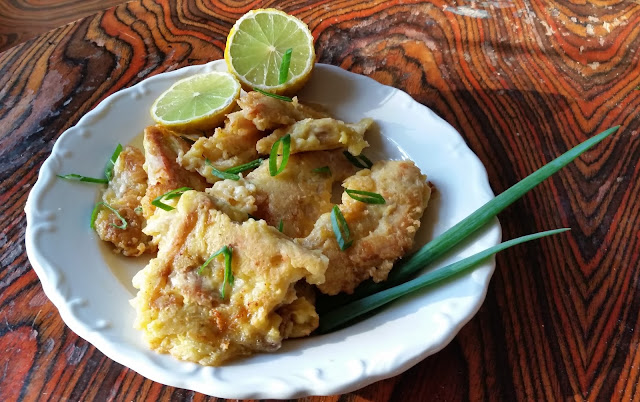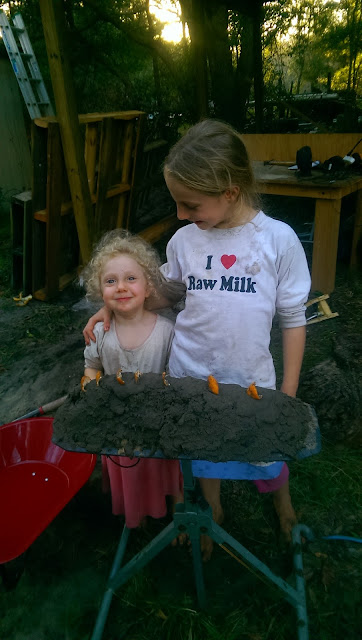{These French recipies are from a French cookbook called La Cuisine: Guide Practique de la Ménagère by Chef R. Blondeau. This book was passed down to me from my great-grandmother, who was from Alsace, a North-eastern region on the Rhine river plain in France. It was published in 1930 as a guide for cooks hired to cook for upper-middle class families.
As a fun project, I am translating the recipes from French, testing them out with home-grown or raised food, and re-writing them in a modern format, with notes about what worked for me in the kitchen}
* * * * * * * * * * * * * * * * * * * * *
I finally got some carrots from the garden this season. I have been making do with inferior store carrots. My first planting did not like the hot weather in the fall, but the second planting was finally ready to pull. It's always a challenge to actually get carrots into the kitchen: they are very popular snacks with the children. I had kept these secretly hidden behind the turnip and radish beds for quite awhile, but since the turnips were getting thin, they were discovered. I always wish I could grow acres of them, but usually have to be content with one or two rows.
La Cuisine has six recipes featuring carrots, although, as R. Blondeau points out, "As we have seen the carrot finds, as an accompaniment, it's employment in a large number of recipes."
In this recipe carrots are cooked with broth, white wine and herbs. The sauce is thickened with flour and butter. It turns out to be a creamy, savory dish. The thyme and bay leaf give it a distinct European flavor.
CARROTTES A LA MENAGERE (The Housewife's Carrots)
Cut into rounds and cook your carrots in a boiling mixture of broth and white wine (one glass of each); add salt, pepper, parsley, thyme, bay leaf. Thicken the sauce with 30 grams of butter kneaded with a spoonful of flour, and serve.
- A Modern Version -
A bundle of carrots (probably about 2 per person, if they are a decent size?)
1 cup of broth
1 cup of white wine
salt and pepper to taste
several sprigs of parsley, chopped
The leaves from several sprigs of thyme (or 1 teaspoon dried)
1 tablespoon butter, softened
1 tablespoon flour
1. Wash, peel and trim the carrots (ok, I don't peel our fresh carrots from the garden - they don't need it), and slice into rounds.
2. In a pot, bring the broth and white wine to a boil. Add the carrot slices. Season with salt and pepper and add the parsley, thyme and bay leaf. Cook until carrots are soft.
3. To thicken the sauce at the end of cooking, mash the flour into the tablespoon of soft butter until well mixed. Cut the butter/flour paste into pieces and add to the pot. Stir constantly while it thickens.








































